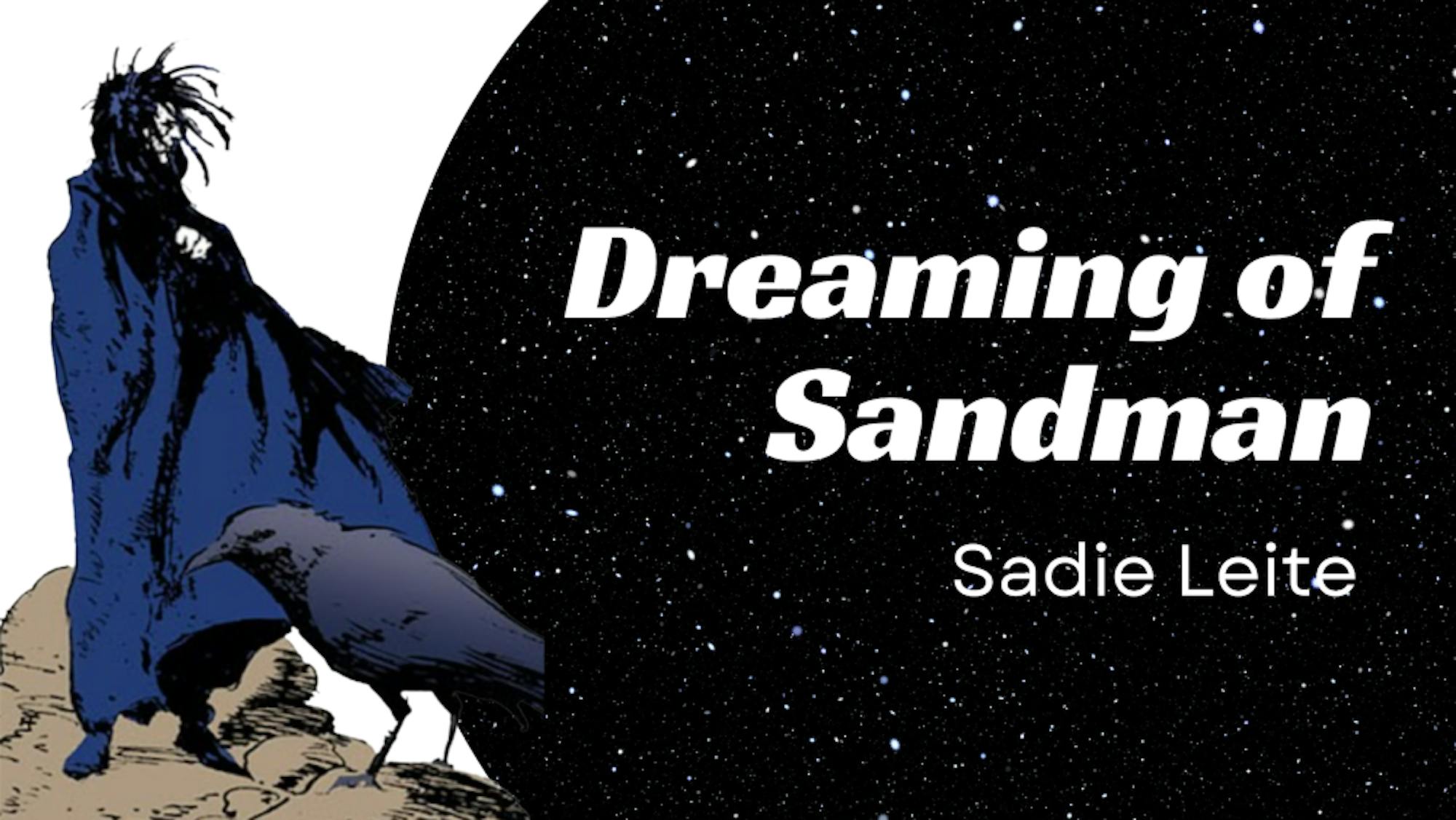A story inside a story. Think “The Princess Bride” (1987) or when a rambling friend gets lost in the details of a night recap.
“The Sandman: Convergence” (1992) arc is a collection of three stories with individual plots, connected with this concept.
In “The Hunt” (1992), a grandfather and granddaughter squabble over a story that the wiser elder wishes to recount to the naive youth. With easy manipulation, the granddaughter succumbs.
The story is of a boy who lives in the woods. He embarks on a fairy-tale journey to find a woman he thinks he loves. In the end, the idea of value is questioned.
Lucien, the Dreaming’s librarian, values a lost book. The granddaughter values her angsty boyfriend. Still, the boy in her grandfather's story learns that value (usually) isn’t as simple as wanting books because you’re a librarian or loving women because they are beautiful.
“Value’s in what people think. Not in what’s real. Value’s in dreams, boy,” a character on the quest says, and they’re right.
The boy does not choose the beautiful woman who is seemingly the objective of the hunt. Instead, he returns to love a girl who also lives in the woods. Value is grounded in basic interests shared with important people. Lofty dreams at the end of quests are often just reasons to return to the more grounded dreams we once wrongly overlooked.
The next issue, “Soft Places” (1992), gives us Marco Polo, lost in the Soft Places, where dreams and reality merge. He meets dreams, then can’t discern if he is a dream or someone else’s dream within another story –– all while other dreams tell him stories in his own story. It’s all quite confusing and that’s the point.
A confession: “But then, we are all dreams, in our fashion”clarifies some contradictions only to introduce more unsettling questions. Storytelling is complex, and we must get lost in it sometimes to fully feel all its parts.
The final story, “The Parliament of Rooks” (1992), maintains the storytellers’ importance.
Cain, Abel and Eve find a baby, Daniel,wandering in the Dreaming. Each character tells Daniel a story. The most incredible part of this issue are the stories left untold. Cain gives Abel story ideas because he cannot choose one: “Tell him of the doors in the mist, and how to open them. Or the true title of the knights of the black and white eagle. Tell him about the girl who could drink only tears, and how she fell in love with a woman who had never learned to cry.”
The unpacked list of potential demonstrates Gaiman’s masterful storytelling –– the most important lesson to take from “Sandman,” if you take anything from this column. Now is the time, as this is the last one.
If that’s not satisfying, then read the remainder of the “Sandman” universe. The story does not end with “Convergence.” There are many more stories with Gaiman’s characters.
It’s like the concept of a story within a story. When a story is so ridiculously good, it never ends. It sticks in our heads. We talk about it with good friends. And, most importantly, when we sleep, we are dreaming of it –– we are dreaming of Sandman.






